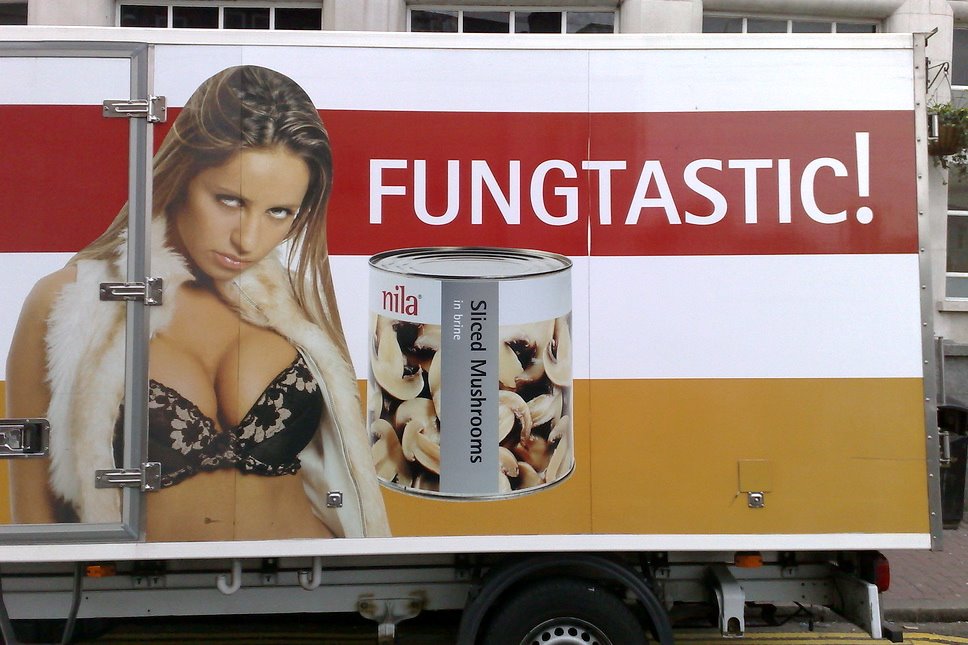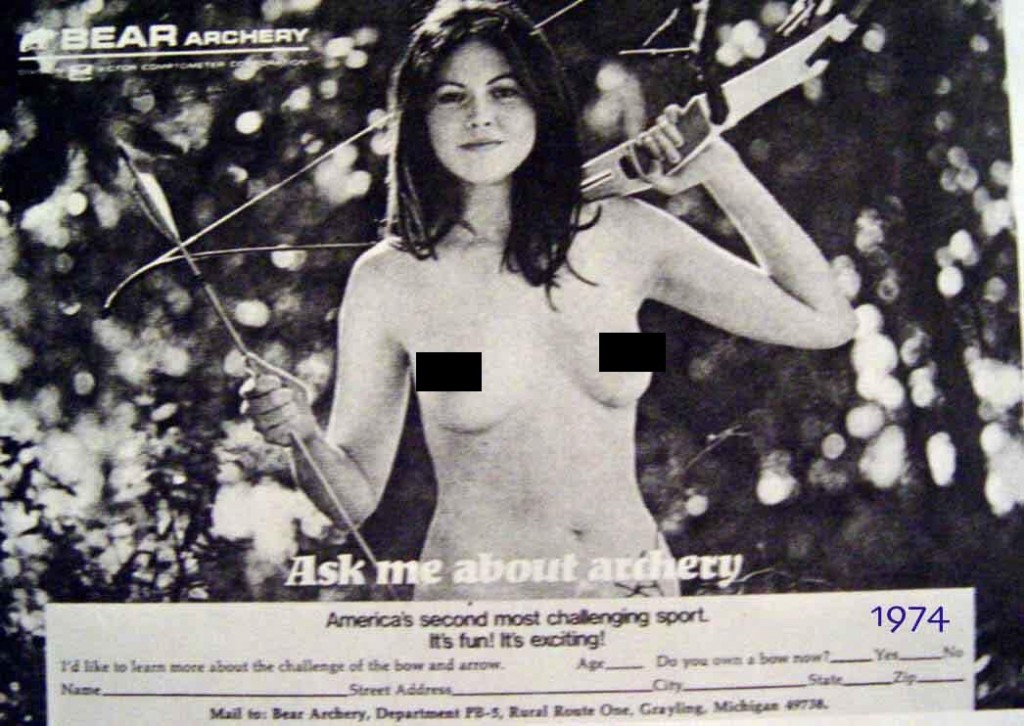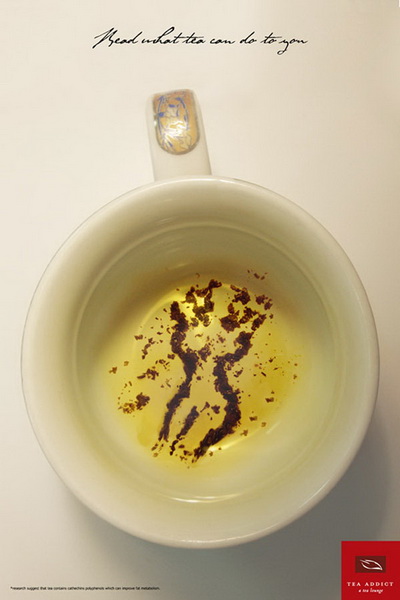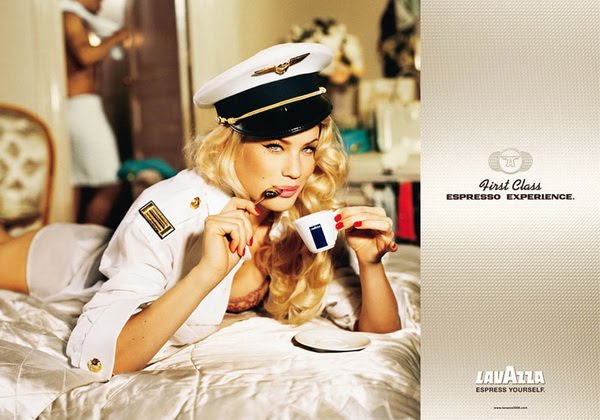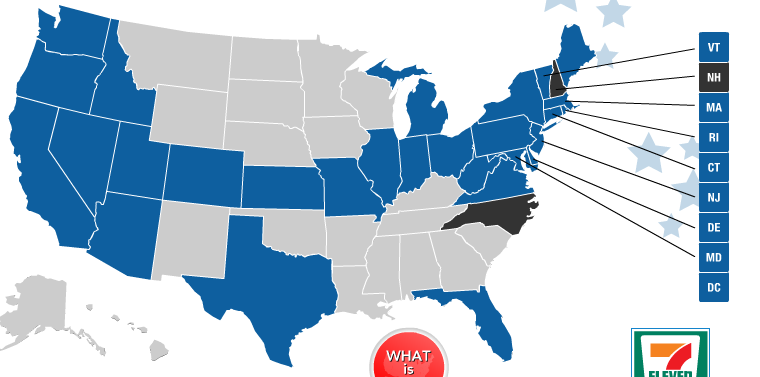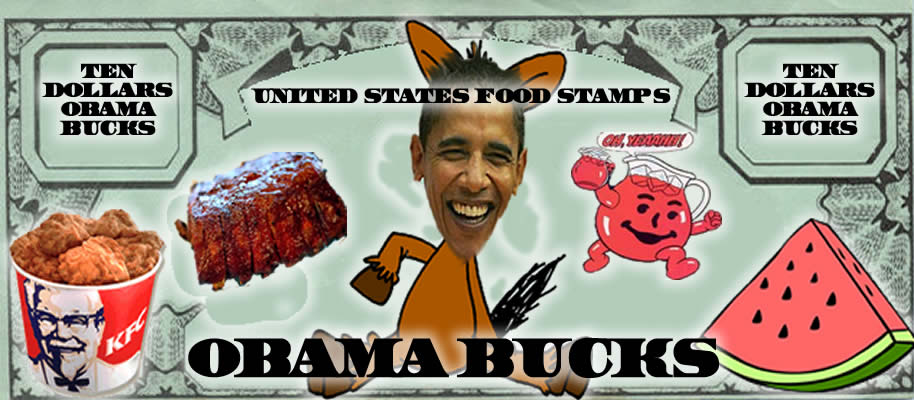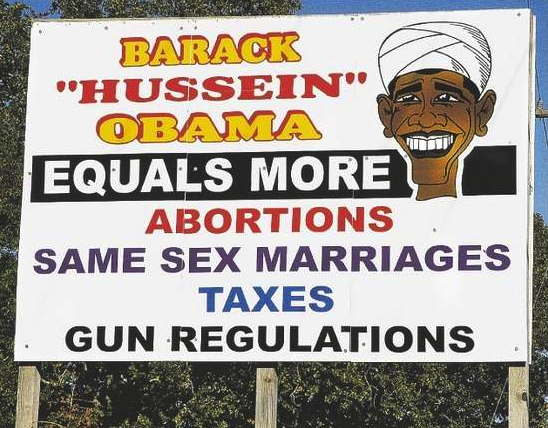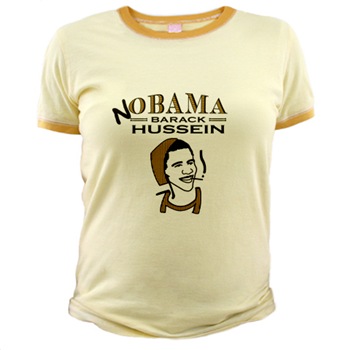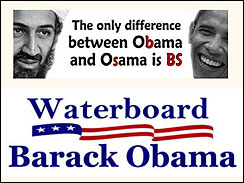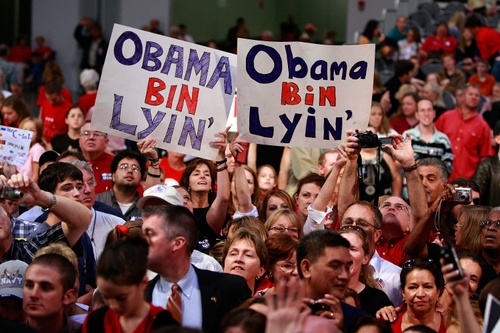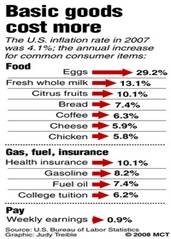Kristin W. sent in this image of a Bed, Bath, & Beyond catalog cover, which concisely captures the way in which we are often encouraged to indulge by eating lots of high-calorie, high-fat foods, but also get cultural messages (often from the same source) that we shouldn’t gain weight:
Notice how the scale tells you “Uh-oh” to let you know you’ve eaten too many treats. So this company provides us with the means to indulge, and to literally warn us when we’ve done so. How helpful.
For other examples, see here.
Thanks, Kristin W.!






